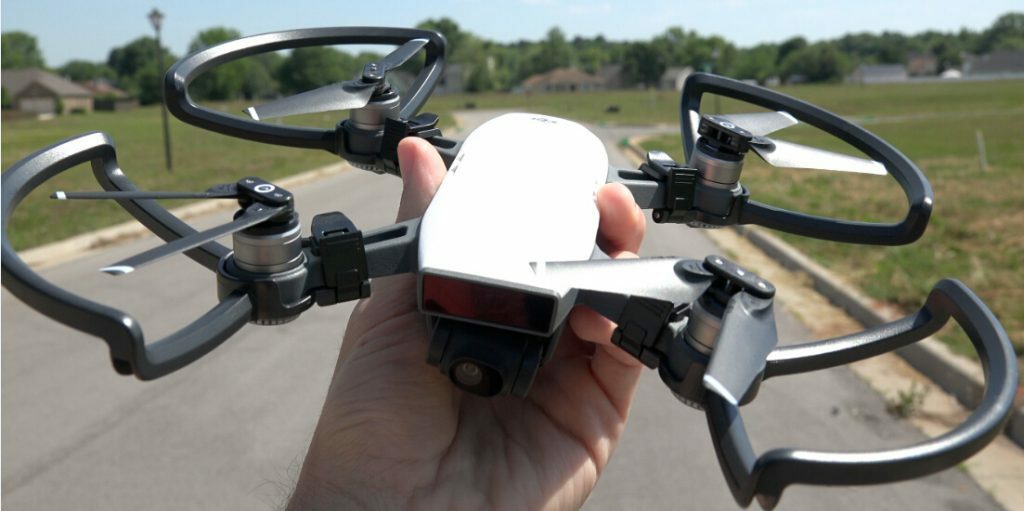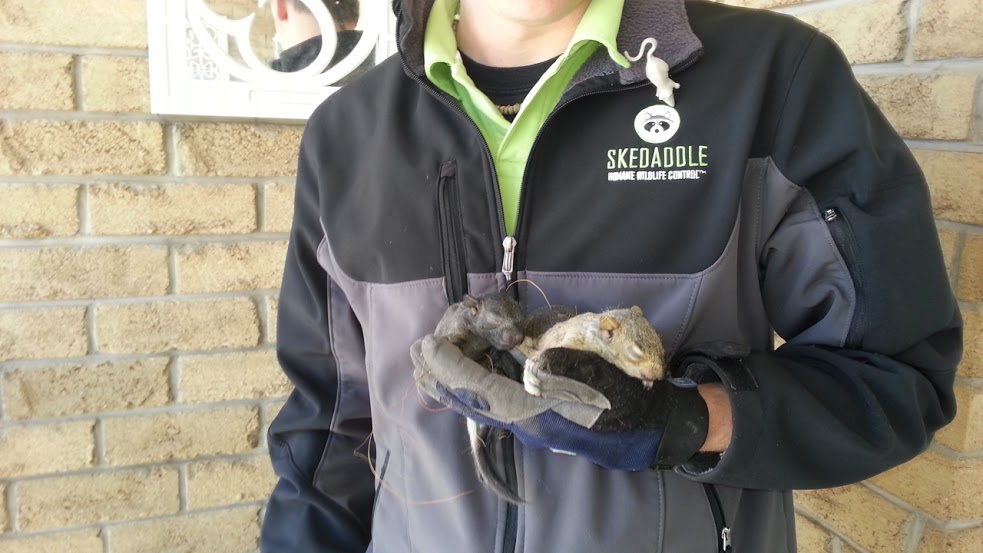Drones have taken the world by storm. They have changed the way the military operates and have had a significant impact on intelligence gathering, but that is just the beginning. Drone technology has a host of applications that can be used to improve everyday life and the way that we do business. Drones are now used extensively in a wide variety of industries from farming to wildlife removal and control, as well as everything in between.
As more resources are invested in drone technology and it continues to advance, new applications are being discovered for these amazing machines and new innovations are being added to their construction and design. Aerial drones (also known as unmanned aerial vehicles or UAVs) are highly versatile, come in all shapes and sizes, and have become a common sight throughout skies around the world.

How Aerial Drones Work
UAV technology covers everything from the construction and material of the drone to the aerodynamics and electronics. Drones are typically made of complex composite materials designed to reduce weight, increase manoeuvrability, allowing them to cruise at high altitudes and absorb vibrations to decrease the noise they make.
Unmanned aerial vehicles are controlled from the ground by remote control and depending on their intended use, drones are equipped with a different state of the art technology, including infrared cameras, lasers, and GPS. The phenomenal rise of the drone is largely due to its size, flexibility, and cost. A drone is relatively inexpensive to build and operate. They can also be small, silent and unobtrusive, making it perfect for covert surveillance of both people and animals. A drone can also safely access places that we can’t and this makes it perfect for certain industries, including wildlife removal and control.
How is Drone Technology Impacting the Wildlife Control Industry?
After 30 years in the wildlife control business, Skedaddle is finally seeing some awesome new technology that can be extremely useful in wildlife removal and control, and our technicians are incredibly excited about the latest developments and how they can be applied to our business. In recent years we have clearly seen the impact of thermal imaging on our industry and how it has made it easier to identify wildlife entry points and nesting sites in hard to reach places. Thermal imaging cameras rely on body heat and thermal contrasts, rather than light and visible contrast, and need little to no light to produce clear images, making them ideal for spotting nocturnal wildlife that relies on the cover of darkness to remain undetected by the human eye. Even in complete darkness, a warm-blooded animal can be picked up by a thermal imaging camera.
And as if that wasn’t enough, drone technology is now taking our business to new heights! Drones have made it much easier for Skedaddle’s sales team to do an effective job, identifying potential problems and providing our customers with more accurate quotes.
Hamilton Wildlife Technician, Glenn Hamilton, was so excited about the application of drone technology in wildlife removal and control that he was even prepared to personally purchase one to use at work to identify entry points and wildlife damage from the air. According to Glenn, “as a salesperson, I don’t have all the climbing equipment that our technicians do. For those inaccessible areas on a home, because my ladder won’t reach or it’s too far back from the edge, using the drone has allowed me to give the customer a proper quote instead of guessing at what might be there.”
Skedaddle quickly recognized how we could improve the way we operate on a day to day basis. Using a drone allows our salespeople to spot potential problems that they would have missed in the past and this makes our quotes more realistic and means that there are fewer surprises for both our technicians and our customers. Drones take the guessing out of our work and combined with other technology, like thermal imaging, this is revolutionizing how we go about the business of identifying and removing wildlife from homes around the country. As Glenn explains, “the use of drones is just an added tool to make sure all of our bases are covered when doing an inspection. Video records of the house can benefit us as well as the customer to avoid any issues regarding their home.”
More Benefits for Drone Technology in the Wildlife Control and Protection Industry
Drones are also being used by scientists and biologists around the world to study wildlife in its natural habitat. Park rangers and vets use drone technology to monitor the health of wildlife populations around the world and fire tranquillizer darts at animals so that they can be tagged or to collect hair, blood, tissue and scat samples. Leading to a better understanding of the animals and their interaction with an ever-changing environment, hopefully increasing their chances of survival in their natural habitat.
Drones are giving us a bird’s eye view of the animals, allowing us to film and photograph wildlife in their natural habitat without invading their space or putting unnecessary stress on the animals. Scientists and conservationists are using drone technology to keep a close eye on our mountains, rivers, and forests, looking for signs of deforestation, pollution, and other environmental threats. Drones are now also being used to collect microbes from the air to monitor how diseases spread.
As drone technology continues to improve, people will undoubtedly find new and innovative ways to apply the technology to all walks of life and these unmanned aerial vehicles will become a common sight. Drones are certainly having an impact on our wildlife removal and control strategies and are changing the way that we operate at Skedaddle, allowing us to identify animal entry points and locate animal nesting sites without having to clamber around on roofs or crawl into dark corners, but the technology will never entirely replace the human element of our business. While drone technology and thermal imaging can enhance our service, our highly trained and experienced wildlife technicians will always be an essential part of our humane wildlife control strategy and technology will never be able to replace the human touch.
As soon as you notice any signs of a wildlife invasion on your property you need to contact a Skedaddle wildlife control expert as soon as possible. This is not a problem that you can deal with on your own and our wildlife technicians have the training, experience, and equipment to safely remove wildlife from your home.



